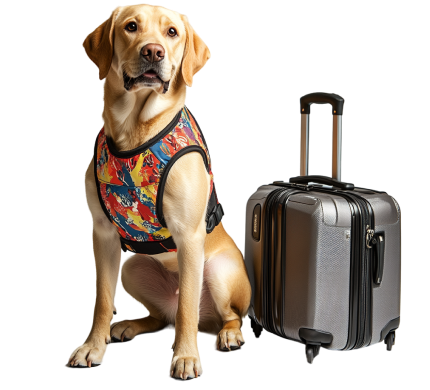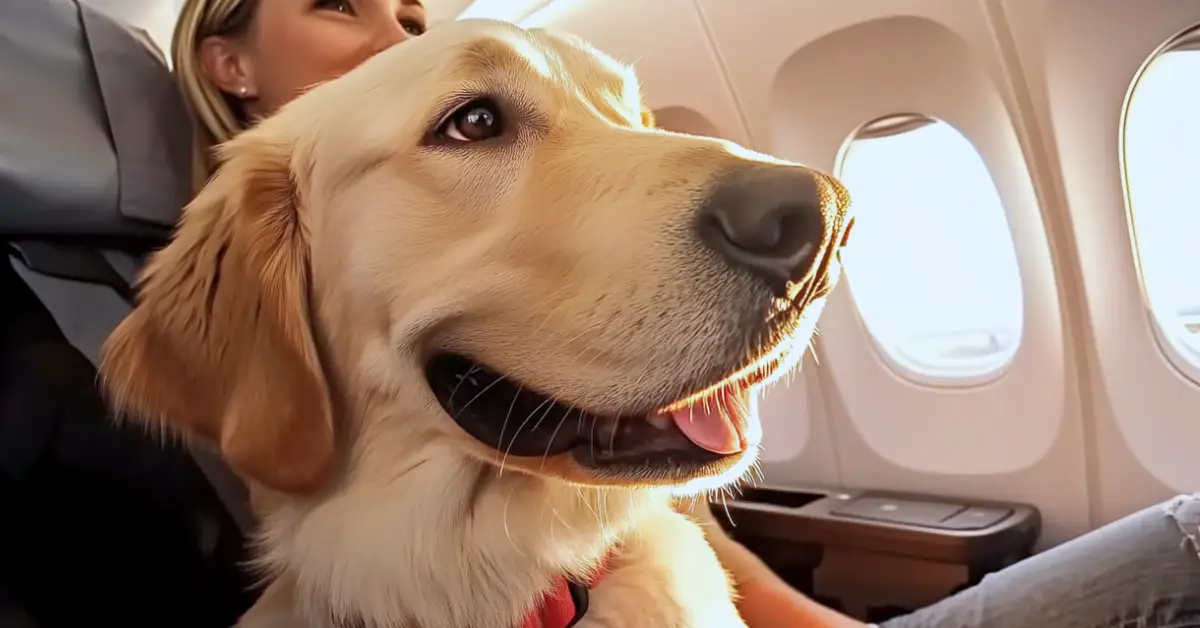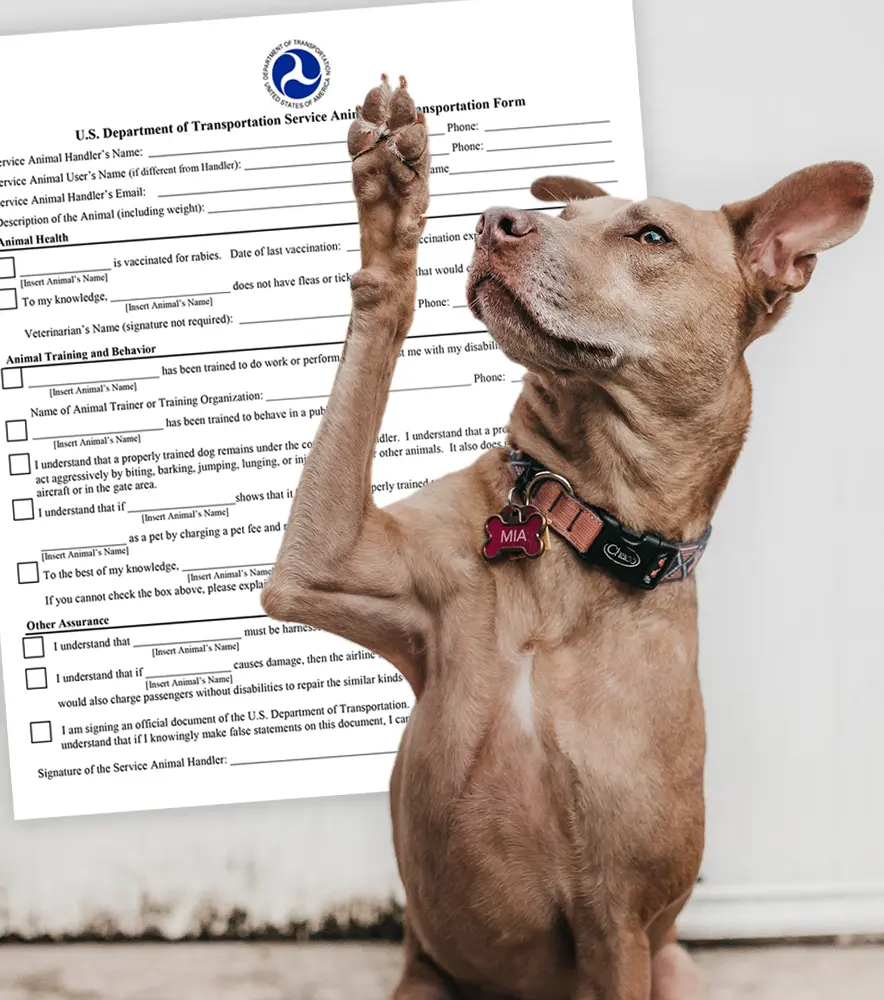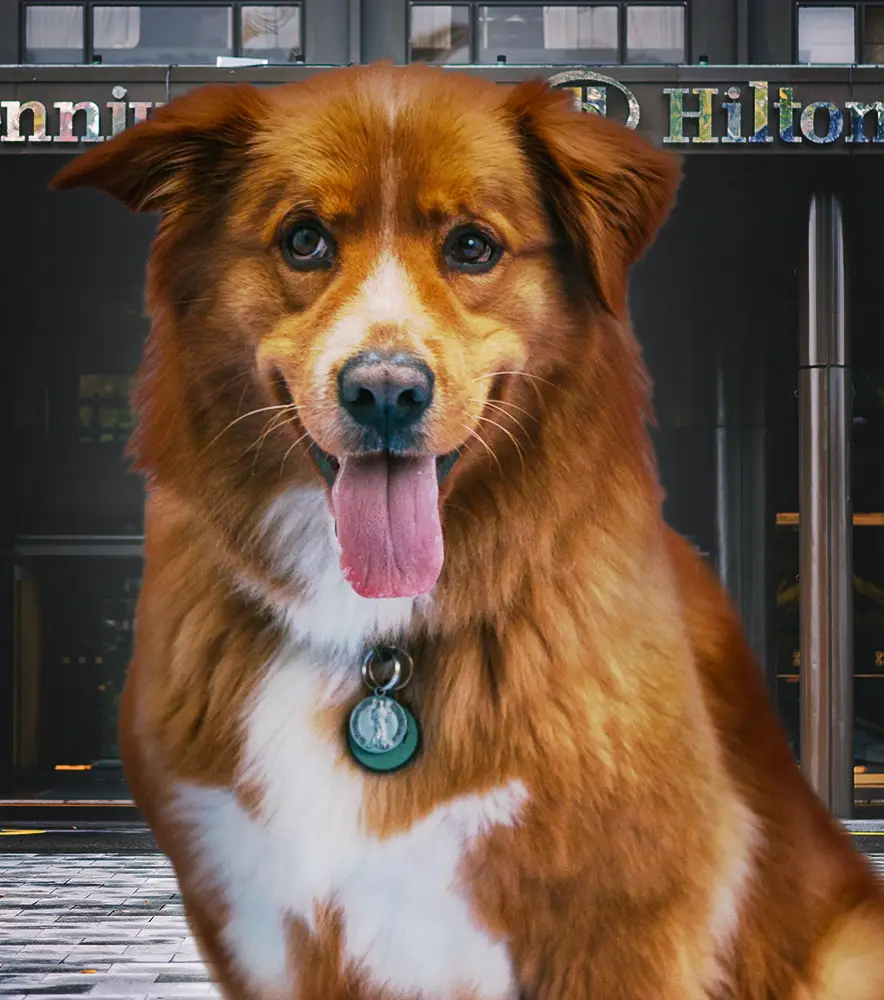All Our Articles on Travel

International Travel Service Dog Regulations
Service Dog Regulations & Traveling Internationally Are you planning a trip with your Service Dog to another part of the world? Before you show up... Read more
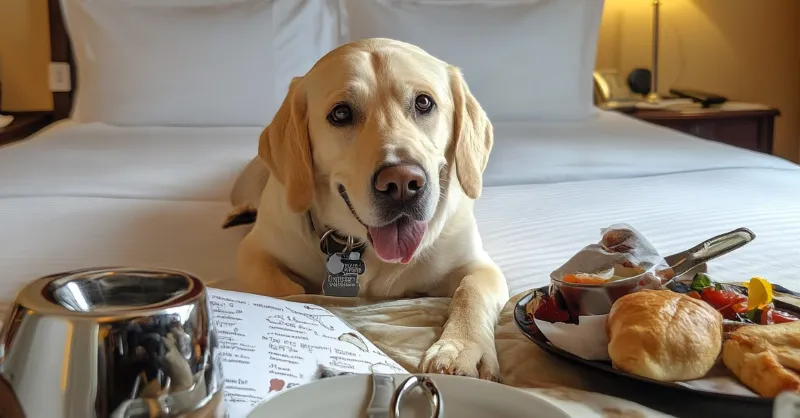
Service Dog Rules for Staying in Hotels
Service dogs have hotel rights as part of the public access rights given to service dogs and their handlers under the Americans with Disabilities Act... Read more
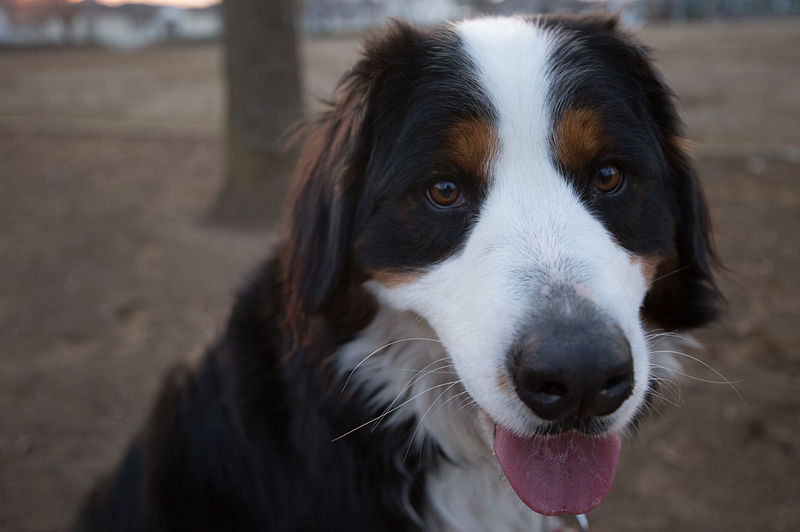
How Do I Fly With My Dog To Hawaii?
It's travel season and Hawaii is the perfect destination for the summer. Kids are out of school, the weather is warm, and the tropical paradise... Read more
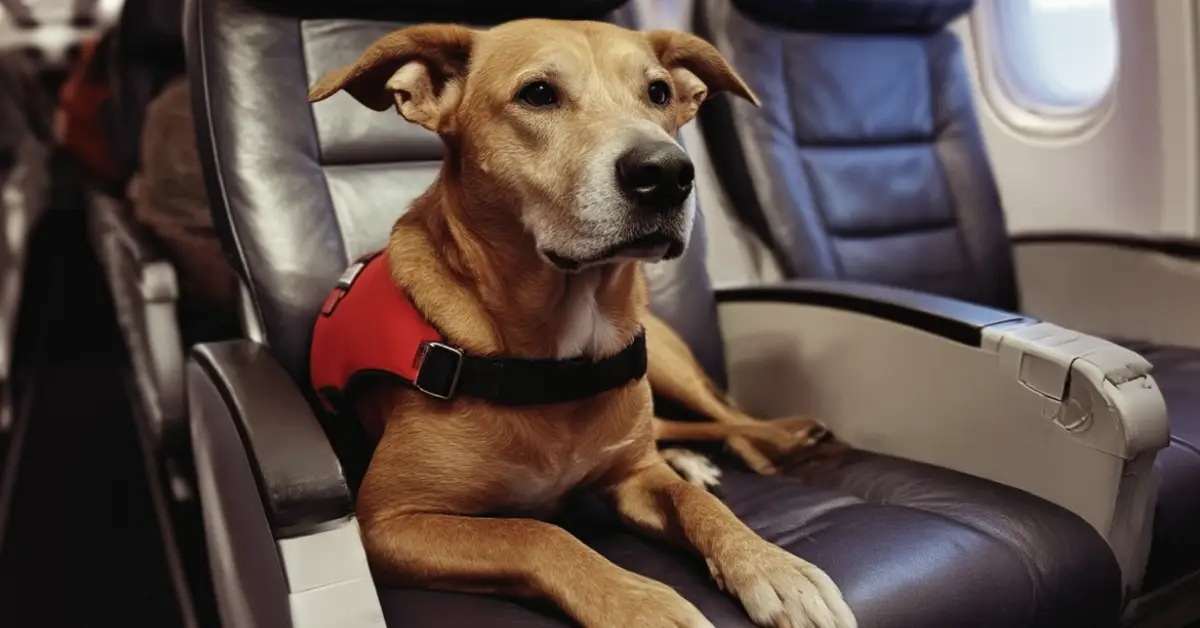
How to Fly With Your Dog Step-by-Step
Taking your dog on an airplane is easy when you know the airline’s policies for both pets and service dogs, and you come prepared. When... Read more
